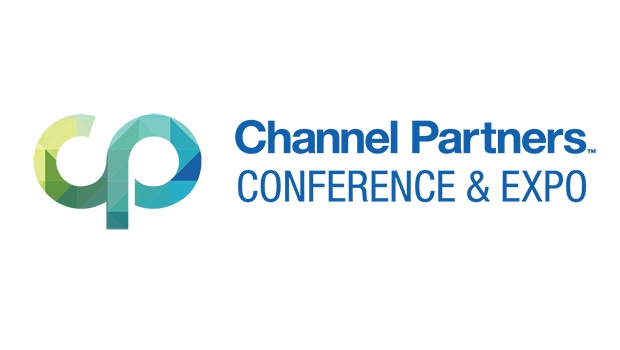Microsoft’s Rokeya Jones previews her keynote presentation at the Channel Partners Conference & Expo.

 Have you considered developing your own “special sauce” software offering? Microsoft has a cloud for that.
Have you considered developing your own “special sauce” software offering? Microsoft has a cloud for that.
During this Channel Partners Conference & Expo keynote presentation titled, “Camp Innovation: Azure and Services Success,” Rokeya Jones, Microsoft director of technical evangelism for the East, will discuss opportunities with Azure and ways Microsoft is looking to work with the channel on innovation — including developing profitable custom services.
 In a Q&A with Channel Partners, Jones provides a sneak peak of the information she plans to share with partners.
In a Q&A with Channel Partners, Jones provides a sneak peak of the information she plans to share with partners.
Channel Partners: What are some of the ways that Microsoft is working with the channel on innovation?
Rokeya Jones: Early Adopter Program: We educate users by coding with you and then Microsoft sponsors PR to increase marketplace visibility, all at no additional cost.
Bots
Cognitive services (like Face API)
Windows applications
Azure App Services
Xamarin (code once in C# and produce mobile apps for all phones)
PowerBI Embedded
CP: Can you give an example of opportunities for partners with Azure cloud?
RJ: One of the best ways to help the channel to get up and running on Azure is to help them move their current operations to the cloud, usually in stages. For example, they could have customers with (a) web application that consists of a web server, a database server, and data processing and analytics. They could move the database servers into SQL Azure and run their web app in Azure App Service. They could open the door to new features by using Machine Learning, PowerBI, etc.{ad}
Another popular introduction to the cloud is a “lift and shift” operation. For example, they could have a server set up in an on-premises environment that runs a few applications and processes. They could shift that load to a virtual machine (VM) in the cloud.
CP: What would be an example of some of the latest innovations with Azure?
RJ: GE Healthcare has an ecosystem of cloud partners and decided to take advantage of the Microsoft Azure platform with its IaaS offering. Moving to the cloud would offer multiple benefits, including easier, more centralized software distribution and management, and better scalability. The company was also drawn to …
{vpipagebreak}
… the Microsoft Azure environment’s readiness to help customers meet their compliance requirements in the health-care industry. In addition to technical safeguards, Azure offers a HIPAA Business Associate Agreement (BAA) in which Microsoft commits to adhere to certain security and privacy provisions set forth in HIPAA and the HITECH Act.
The openness of the platform was appealing too. Because Microsoft Azure easily integrates with various development platforms, GE Healthcare could continue working with its existing tools, including Java code and a messaging system. Management would be easier and more affordable as well because Microsoft handles service operations and platform-related updates. The company also knew it would benefit from the Azure team’s high level of support and architectural expertise, which it would need to bring its solutions to market quickly.
GE Healthcare and Microsoft kicked off a proof of concept for transitioning apps that were running in a production environment on premises to Microsoft Azure. The transition was seamless using Microsoft Azure Virtual Machines (VMs). The VMs host multiple application components, including database instances running on SQL Server software and business logic running in Microsoft .NET Framework assemblies. Both SQL Server and .NET on Microsoft Azure VMs provide full compatibility with on-premises infrastructure. In addition, the SQL Server AlwaysOn feature ensures high availability.{ad}
The project soon extended to multiple applications; some that were in production and some new. When GE Healthcare saw what Microsoft Azure could do in the proof of concept, it understood the value it could bring to multiple health-care scenarios.
CP: Is there profit to be made from developing custom services. How?
RJ: Profits are made in many ways for the channel as we allow for Azure platform to be offered as IaaS and PaaS, while both can work together seamlessly. This allows channel partners to pay for what is used, allowing for easy scale which can be fully automated. This enables organizations to control cost while expanding new customer base.
The channel can offer Microsoft support for mobile apps in the cloud — store common databases for use on mobile devices (Windows, Android, iPhone), and it integrates with all provide push notification services.
Another option for accelerating revenue generation is with the use of Dynamics 365, which is a customizable solution that helps customers run a smarter business, offering a more flexible scaled approach when expanding. It works in the cloud by connecting to, and reasoning over, data collected from all departments, then helps clients use that information to their advantage.
Read more about:
AgentsAbout the Author(s)
You May Also Like


